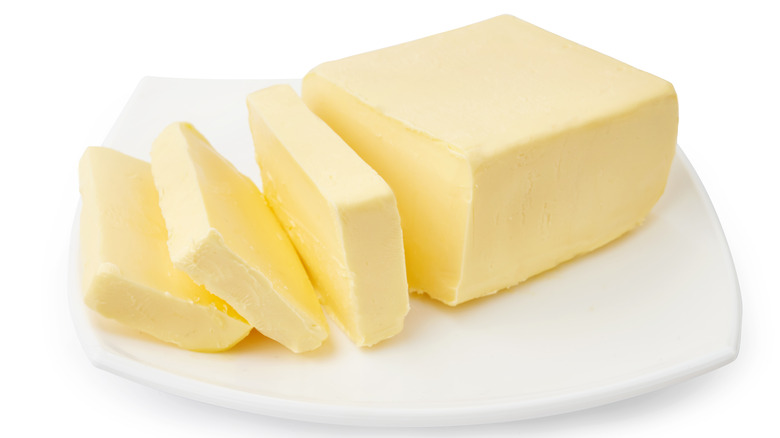What Ina Garten Does The Night Before Making Cookies
If you've browsed the cookbook section of your local bookstore or flipped to Food Network for some tasty inspiration, you're likely familiar with Ina Garten. The legendary celebrity chef, also known as the Barefoot Contessa, has been whipping up sweet and savory goodness on television since 2001 and in cookbooks for even longer (via Insider).
With her extensive experience comes immense knowledge. From imparting wisdom on how to freeze leftovers fast, to getting crusty skin on your baked potatoes, to her secret for perfect burgers, Garten is constantly sharing valuable hacks to help readers and viewers thrive in their home kitchens.
Among her impressive list of recipes, there are many, many desserts. With the massive popularity of cookies (20% of Americans admit to eating an average of at least three cookies a day, according to TOP Agency), naturally, we can expect them to be abundant on that list. And Garten's process for creating the perfect cookie includes a simple secret that can benefit anyone's next batch.
Making butter better
Cookies can be difficult to master, but the first bite into that warm, gooey, perfectly baked treat is well worth the practice. According to Allrecipes, one of the most common cookie baking mistakes has to do with the all-important butter: Bakers either oversoften their butter or don't soften it enough.
Ina Garten's seemingly infinite wisdom addresses this issue as well. According to the "Ask Ina" section of her blog, Garten leaves her butter on the kitchen counter overnight, so it's perfectly softened when it's time to bake.
Many cookie recipes call for creaming the butter and sugar, which means whipping these ingredients to incorporate air into the batter for a lighter texture (via Land O' Lakes). Land O' Lakes also says softened butter is best for creaming because cold butter is too hard to mix evenly, and melted butter will make cookies greasy.
But there's still debate on the best method for adding butter to your cookies. According to the New York Times, the best butter is a cooler 65 degrees Fahrenheit, which is "cold to the touch, but warm enough to spread." On the other hand, The Spruce Eats says melting your butter makes it impossible to cream but will produce dense, chewier cookies.
If you choose the creaming route and want to follow Garten's lead, the USDA says butter is safe at room temperature for 1-2 days.
Whichever method you choose, try it out yourself with our collection of the best cookie recipes!

